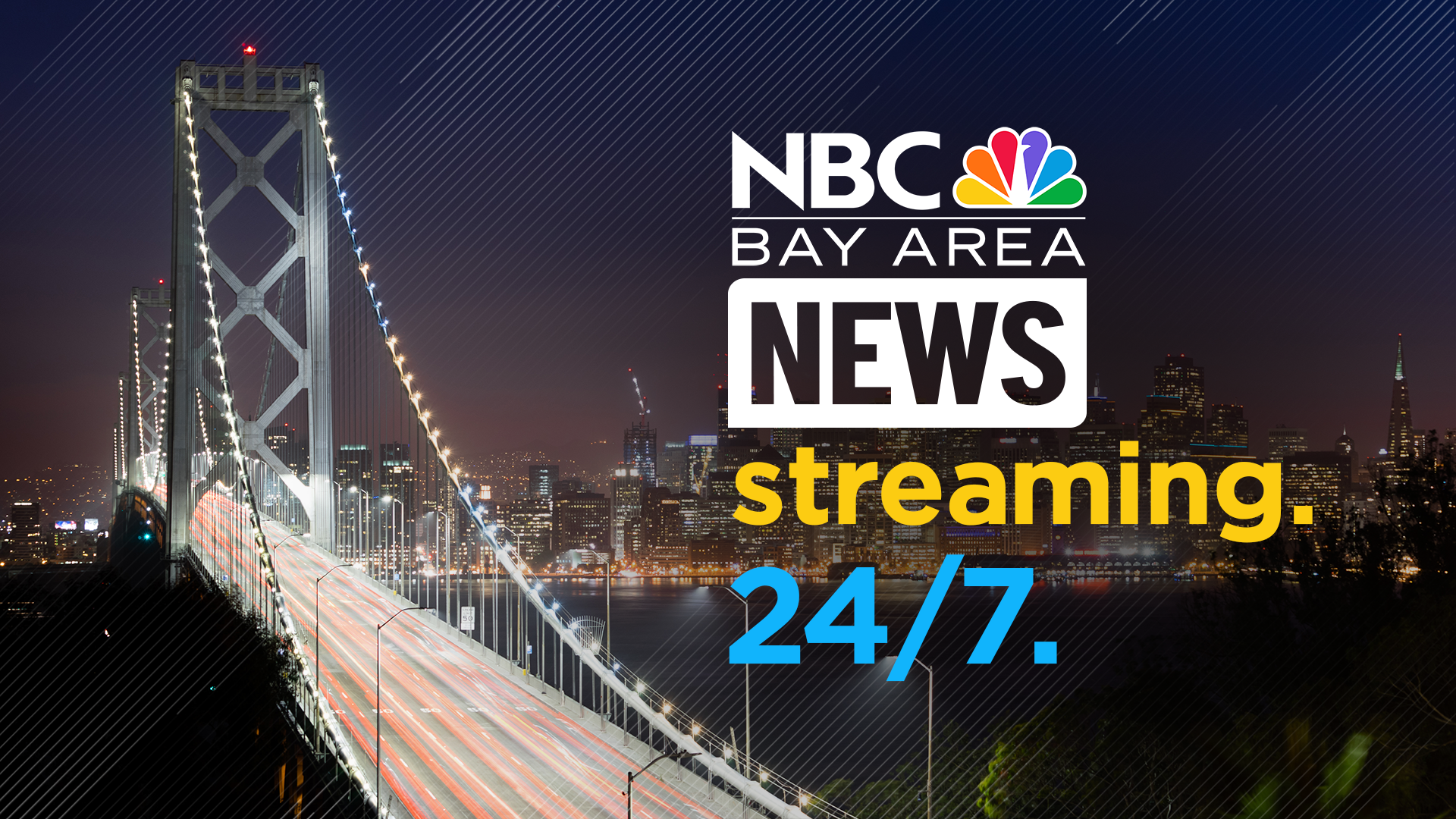Think you'll avoid the BART strike-triggered traffic meltdown if you live in the North or South Bay? Think again.
Experts say that residents throughout the Bay Area should expect road congestion, traffic delays, and crowded buses and trains.
"No one is completely immune from these problems," said NBC Bay Area traffic reporter Mike Inouye. "We know that there will be areas of concentrated issues on the freeways around the BART stations, but the repercussions could reach much farther than that."
Inouye noted that a number of San Francisco and East Bay residents use the BART as part of their travel route to San Jose, so congestion could be seen on the 280, 880, 101 if commuters chose to drive instead.

Golden Gate Transit announced today that they will add a ferry departure to San Francisco from the Larkspur terminal at 7:30 am in anticipation of the strike. Mary Currie, public affairs director for the Golden Gate Bridge Highway and Transportation District, said that although she believes that the impact in the North Bay will be somewhat abated by the FastTrak electronic toll collection system, the area could become extremely congested.
"There are sections of the 101 that become a one-lane road," said Currie. "In the afternoon, it can literally become a parking lot."

On the Peninsula, Caltrain and SamTrans are preparing for a massive influx of commuters, and SamTrans has said that they will run a rush hour shuttle to a transit center where passengers can transfer to the Muni. But the organizations acknowledge that such efforts won't be enough to prevent significant inconveniences.
"Commuters are encouraged, whenever possible, to use alternatives such as carpools, flexible work hours or telecommuting to decrease congestion on the roadways. Passengers taking the road or a new form of transit should allow extra time, as buses and roads will be very crowded," stated a news release on the Caltrain website.


